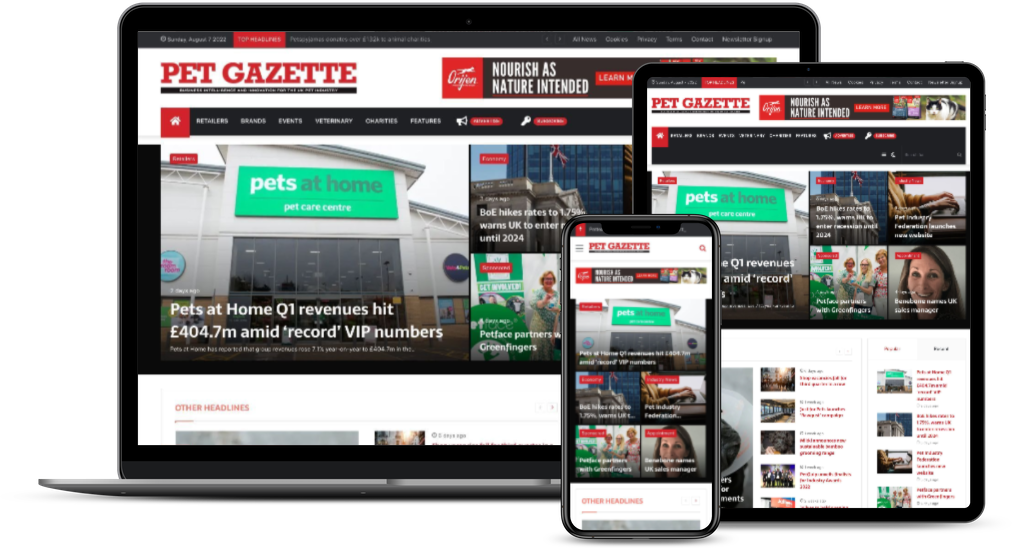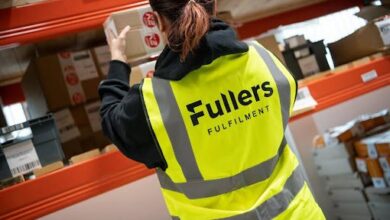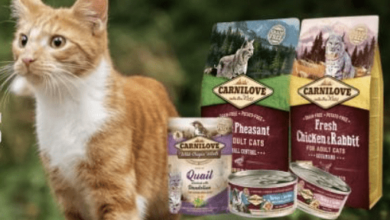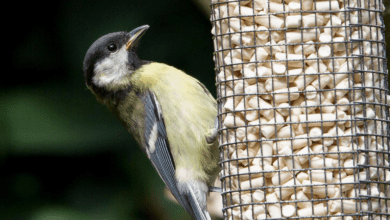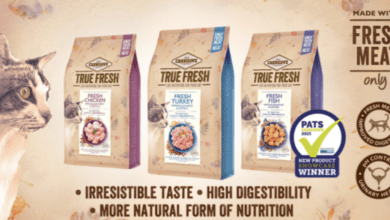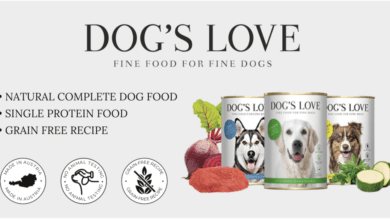Picture perfect
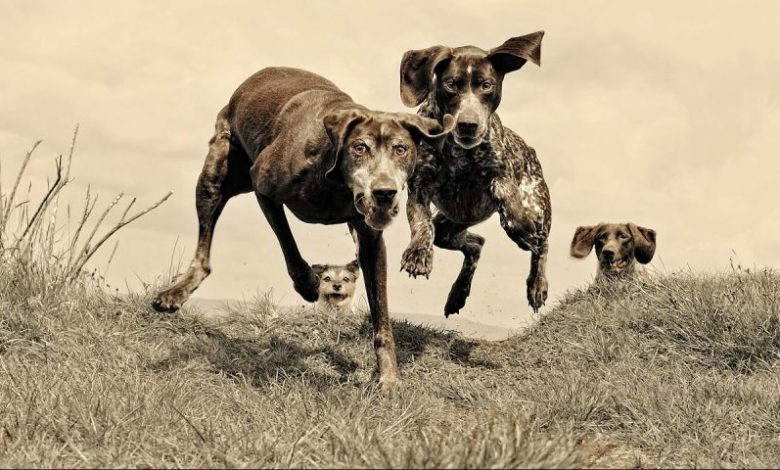
With all sub-sectors of the market growing fast, it is inevitable that the small but flourishing niche of pet portraiture has grown too. Whether it is photos or paintings being commissioned, pet owners are consistently keen to show off the cuteness of their fluffy companion or have a memento of one that has passed away.
The English have always been dotty about their pets and you only need to look somewhere like the National Gallery to see that people have been commissioning pet portraits for centuries. The internet has helped the trade really flourish through with personal websites and social media helping expose the pet portraitist to a wider audience than ever before. Artist Melanie Phillips says: “Before the internet became really popular in people’s homes we were advertising in magazines like Dog’s Today, which really narrows your base, now with the internet we get world-wide commissions and have had more work per year.” It is not uncommon for pet artists and photographers to be fully booked for up to two years, especially if they put on exhibitions.
As it is a career that is not tied to an office and can be done at home (except for the on-location shoots pet photographers often do) the career option has the allure of flexibility that attracts mums and probably more young people as the UK’s gig economy grows. Prices for photo shoots and portraits can run up into the thousands, however, lots of hard graft is required to get to get to that stage where a pet portraitist can charge top prices and have a full calendar.
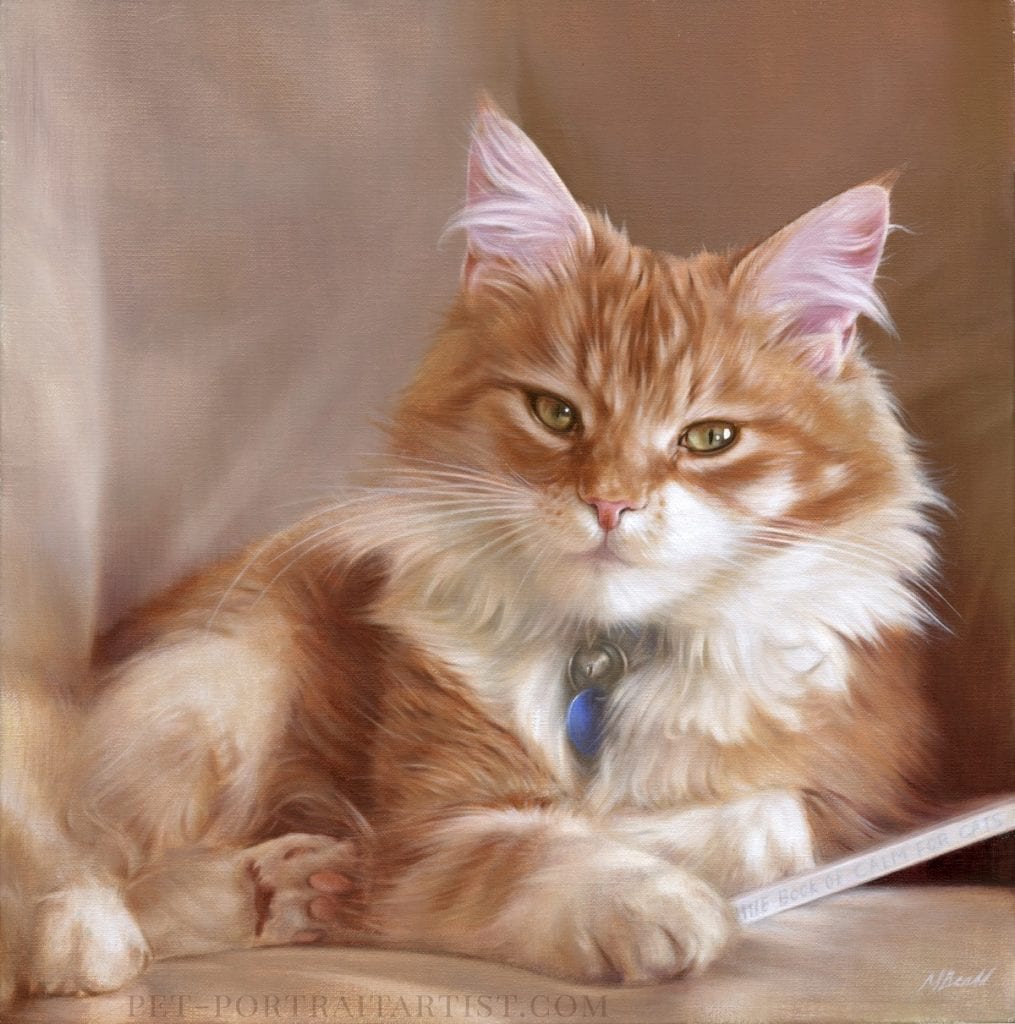
Part of that hard graft involves working hard at online marketing. “Having a good social media presence applies like it’s never applied before,” says pet photographer Paul Walker who has twice been voted the UK Pet Photographer of the Year. Instagram, Facebook, Twitter are all necessary to showcase your work to as wide an audience as possible, particularly Instagram given its photo-focused nature. Growing that following involves posting every day, seeing which hashtags are most popular and what time of day sees the most activity amongst followers of those hashtags.
Having a good website is an absolute must too, as is bearing in mind what breeds are popular when deciding what work to showcase. “If you’ve got a painting or a drawing of say a Cockapoo on your website, you’re more likely to get a commission of that breed,” says Phillips. “People will think you can’t draw a Cockapoo if it’s not on your website.”
Making connections in real life is also vital. “I solely believe that word of mouth is the strongest form of marketing you’ve got,” says equine photographer Hannah Freeland, who is also a teacher at Training Barn, which runs equine photography courses. “When I’m training someone, the first thing I tell them is to write down their target market then figure out where they’re hanging out – if your target market is Pony Club mummies then you need to be at a local Pony Club show.” Game shows and pets shows are other such events budding pet portraitists need to consider.
Collaborations can work too – either with celebrities or pet brands or events. Freeland collaborates with top horse trainers and equestrians offering her photography services in return for exposure to their social media followers, for example.
Of course, as more people turn their creative eye and talents to this genre of portraiture it “really helps to have a signature style” as Walker points out. He references the likes of John Drysdale as an example – “the humour aspect of his pet portraiture gave him a unique style where you look at his pictures and you go ‘that’s a John Drysdale’”. Another good example that illustrates the point is the work of Carli Davidson who has been a hit with her iconic photos of dogs captured mid-shake.
A willingness to work with the slightly bizarre requests that can pop up helps too; Phillips once was asked to paint a deceased cat and incorporate its ashes and a preserved whisker within the painting. Another time she was asked to paint a dog’s head onto a Napoleon outfit.
Pet portraiture is certainly a colourful career option then, even if you prefer your sketches or photography to be black and white, and we are likely to see more people enter the profession. Pet portraitists looking to stand out in crowded Instagram feeds then, would do well to take some time away from the internet to capitalise on human connection as well as evolve their own style.
This feature was first published in the April 2019 issue of Pet Gazette

